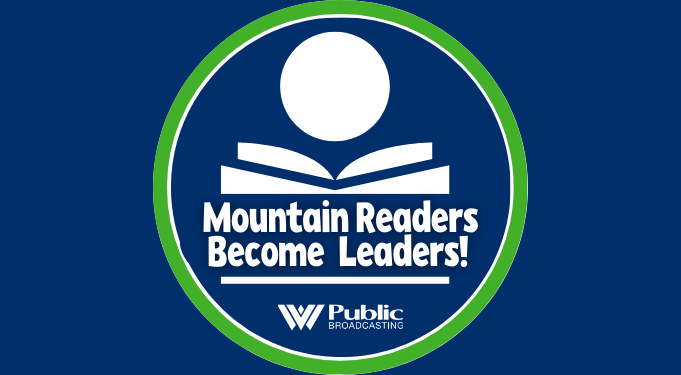Two activists in Morgantown are organizing a listening project they hope leads to greater racial understanding in the community.
Chris Schulz spoke with Susan Eason and Eve Faulkes about listening with intent, and finding common ground.
Schulz: Susan and Eve, thank you so much for joining me today. I’d first like to start out by asking you if you could explain to us what exactly the Listening for Racial Understanding Project is. Susan, why don’t we start with you?
Eason: Okay, sure. We’re trying to bring together people of different races to have conversations, really to increase greater understanding and empathy towards each other. Because we believe that that’s what’s really going to help improve the racial climate within our community and our country.
Schulz: Eve, do you want to take a pass?
Faulkes: I’ll add to that. Maybe this is a time to talk about the process? A little bit?
Schulz: Yes, absolutely.
Faulkes: We’re using an approach called active listening, where you’re not sitting there imagining what you’re going to say next, when someone’s talking to you. Your job is to listen to them so intently that you can then repeat verbatim back to them, as much as possible, what you just heard. And then you ask them if that’s what it was that you heard correctly. And they can either say yes, or add to it or. And that tends to be, you would not believe we’re sitting there watching someone’s face who’s being heard, when that reflection is coming back to them. They’re laughing, they’re nodding. That’s the difference between a regular conversation and active listening. And then that other person responds to the same prompt. And eventually they go off track. But by that time, they’re very comfortable talking to one another.
Schulz: What was your inspiration for wanting to pursue this?
Eason: Well, I would say my inspiration really came out of the summer of 2020, after the death of George Floyd. Just kind of the straw that broke the camel’s back in racial issues and racial tensions in our country. And, like Eve, I just felt like we’ve got to do something to bring people together. And I really felt like I needed to be a part of a solution. And one of the things that I wanted to do was give people the opportunity to hear one another, learn from one another, understand each other.
Schulz: Yeah, Eve?
Faulkes: I probably came at it from having grown up in an all white town in the middle of West Virginia, like so many West Virginians have. I’ve taught, for the last 10 years, a design for social impact class at WVU. And so we’ve been exploring that. And I’ve long since been exposed to a lot of people of color and every other kind of way we divide each other up because of students at WVU. And we’ve worked on this, and this, it really did seem like we have to do all we can to make people hear one another. Designers are communicators. And we’ve learned a long time ago that you can put the message out there, but if you haven’t figured out the way for someone to receive it and hear it, it’s a lost chance, lost opportunity. And so, being able to look at the whole picture, the whole context, see what people’s barriers are to hearing, and try to find a way around those is part of the process.
Schulz: So, Susan, if you can tell me what do you hope for the people listening to get from what they hear?
Eason: Well, I think our hope is that people will hear things that they haven’t ever heard before. That by hearing two people talking to each other honestly and openly, and reflecting on experiences: One, they might hear something about another culture that they had never heard before. But the other really neat thing that they might hear is that they’re very similar. Because we see, when two people talk together of different races, that many times they have a lot of experiences that are profoundly the same, and generate the same type of experiences, and feelings and emotions. So I think people observing that can begin to connect with those people themselves and see, “Wow, I too have something in common with this conversation.”
Schulz: Eve, what do you hope listeners will get from this experience?
Faulkes: Courage to do the same. You do see the common ground more than anything. In fact, there’s no group, there’s no pairing we’ve had yet that did not find common ground, something that they felt just like and you could, you could feel that. And Susan and I are sitting there laughing with them and crying with them. Trying not to make any noise as we do it. But it really is, it’s a beautiful thing.
Schulz: When do you hope to start releasing these to the public?
Eason: I would say, kind of our timeline is to complete these recordings, within the next three weeks, develop the montage over another month, have artists respond in April, to these conversations as well. And then maybe in June, have an art opening, where we invite people to come and see the art pieces. We hope to have a QR code, where you can really zoom in on the conversations that were held that are depicting the art there. And then also invite some of the people who experienced these conversations to come and talk about what it was like to be a part of the experience.
Faulkes: And so far, 21 of the 22 people want to be sharing that on stage or wherever they can.
For those interested in participating in the project as listeners or as artists, you can contact Eve Faulkes at faulkeseve@gmail.com and Susan Eason at susanceason@gmail.com




















